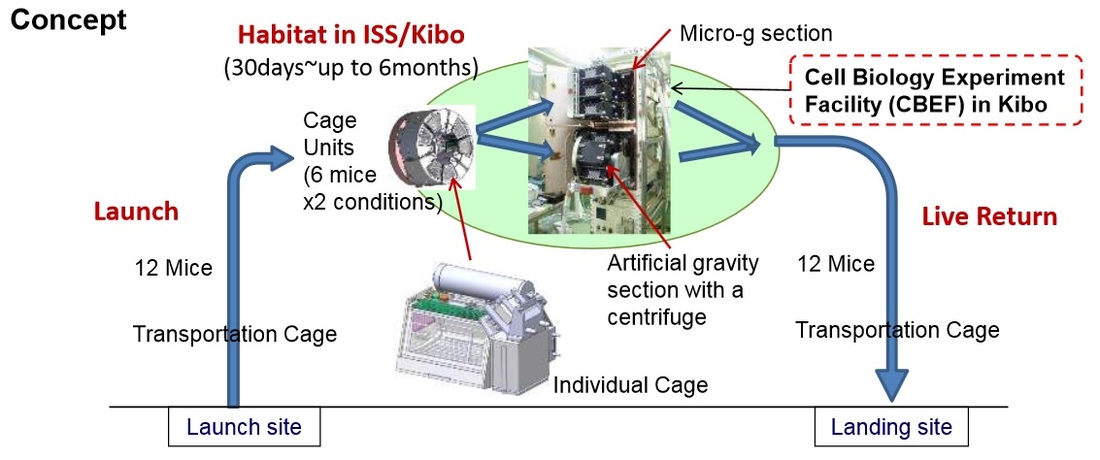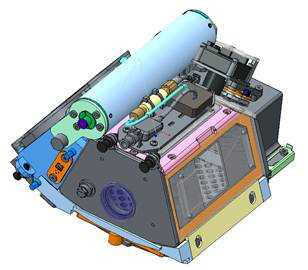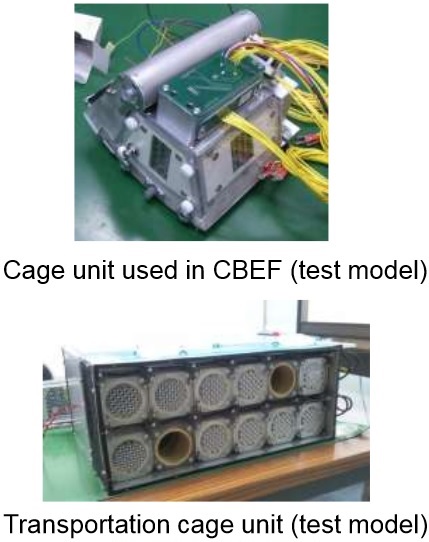Mouse Habitat Experiment



The Japanese Mouse Habitat Experiment in some ways is similar to the U.S.-led Rodent Habitat set up on the Space Station in 2014, however, there are a number of significant differences including the use of artificial gravity and the accommodation of one mouse per cage for individual studies of behavioral changes. The Mouse Habitat Experiment consists of two major segments, the main Onboard Cage Unit for the accommodation of mice for 30 to 180 days and Transportation Cage Unit that accommodates the animals for up to ten days from launch to transfer to ISS and from the end of the ISS-based experiment to the return to Earth aboard a visiting vehicle.
Flying rodents to ISS provides an extremely valuable opportunity for a variety of studies from the mechanisms of bone loss in space over the adverse effects of space radiation to aging studies as well as a range of other studies looking at changes undergone by cells, tissues and organ systems as a result of prolonged exposure to space.
The Mouse Habitat will be set up in the Cell Biology Experiment Facility CBEF in the Kibo module that provides two research sections. One Cage Unit facilitating six mice will be set up in the Micro-g section where mice experience the full space environment (microgravity, radiation) and the artificial gravity section that makes use of the short-arm centrifuge of CBEF which had so far only been used to expose plants to an artificial gravity environment, but as ground studies have shown, the centrifuge is also suitable to create a gravity environment for small mammals. Having six mice exposed to artificial gravity takes the microgravity environment out of the equation so that a comparison between the micro-g experiment and artificial-G experiment can highlight the adverse effects caused solely by radiation and those caused by microgravity alone. This will be the first long-term experiment involving mammals in an artificial gravity environment.
Each cage unit, around 15 centimeters in diameter includes systems to provide the mice with food and air circulation. Sensors installed within the cages record the temperature and humidity environment as well as carbon dioxide and ammonia content within the cage units. Cameras are used to document behavioral changes for the entire duration of the experiment.
The Mouse Habitat Experiment is set up for a live return of all 12 animals involved in a single experiment run, sparing the ISS crew the procedures associated with dissecting and preserving the specimens which will be completed by skilled researchers on the ground with access to more advanced analysis systems to examine collected samples down to a cellular and biochemical level.
The first experiment involving the Mouse Habitat is expected in early 2016, a study of epigenetic alterations.
